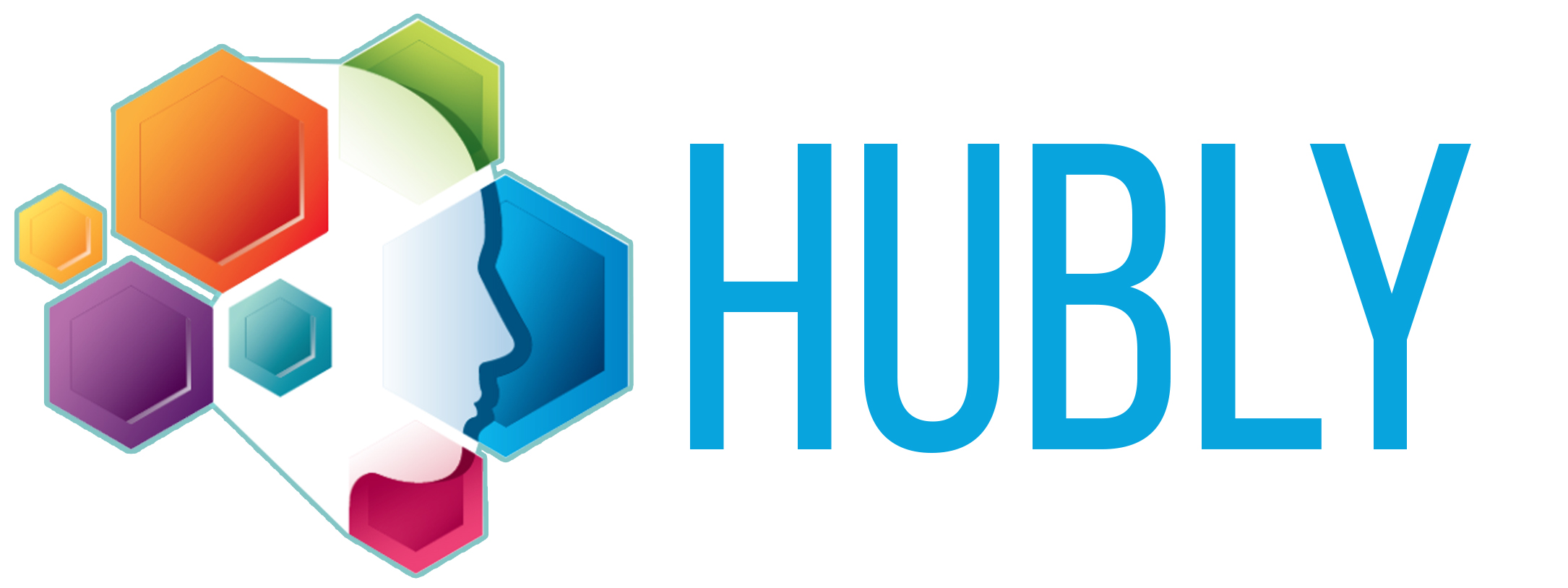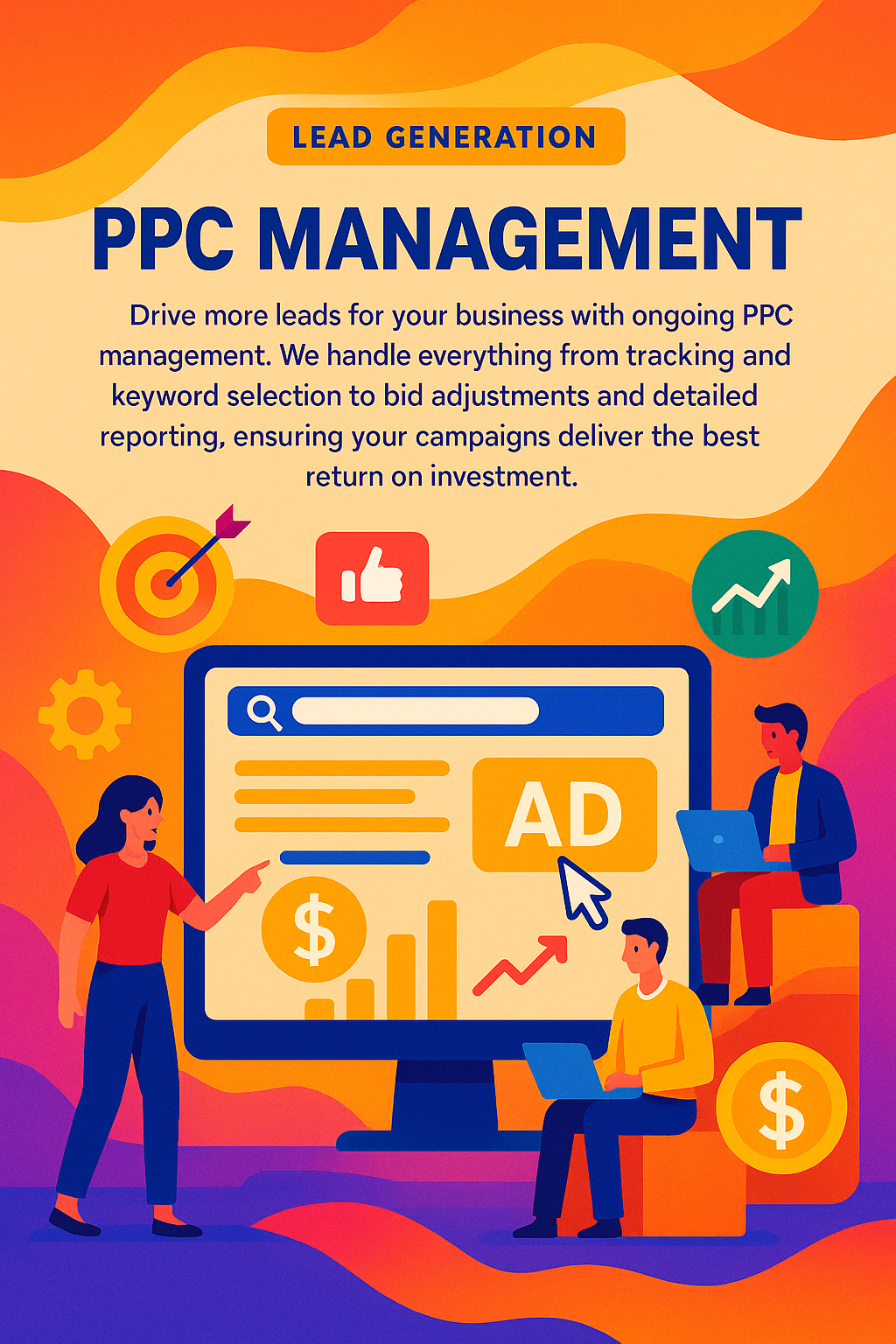Tracking - Basic analytics tracking and conversion tracking codes for PPC will be provided and can be installed by our team, if needed. Proper tracking is essential to our success, and we will work with your team to ensure it is accurate. We want to monitor all relevant conversion points specifically. This can be lead form conversions, eCommerce cart checkouts, phone call conversions (you will need a 3rd party tracking call tracking solution, we can recommend a great, inexpensive provider if needed), emails, downloads, etc. Every conversion point matters and needs to be correctly counted.
Segregating by Platform – Fundamentally, the platform you advertise on needs to be well-suited to achieve the goals you have in mind. While most clients do well to start in Google Search, it is not the only (or always even the best) option. The Google and Yahoo display networks target people researching information on websites relevant to your industry. It can be extremely cost-effective for branding purposes, but we project the traffic quality to be much lower than in the search networks. However, there are advantages. By structuring the campaign on a cost-per-click basis, you can get hundreds or even a couple thousand views of your ad for every click. If the ad is informative/builds awareness, you get hundreds of successful free ads for every paid interaction. Moreover, the click cost in the display networks is generally a fraction of the cost of search networks, it is often low enough that we believe this can be a source of cost-effective traffic. YouTube marketing can be educational, build awareness from the ad itself, and be engaging/generate sales and leads. Once again, the creative is the key to this platform. Bing also has a small search network. Because costs per click there tend to be lower than in Google, advertisers who have saturated their keywords in Google often find some very cost-effective traffic in Bing. We are happy to talk to you through the pluses and minuses of each platform.
Keyword Selection - Keyword selection is key to the success of any PPC Campaign. We believe in a comprehensive, long-tailed keyword approach, as it positively reduces costs per click and increases relevance while giving us a greater ability to micromanage keywords and bids. More general terms will generally need to be bid slightly lower since the conversion rates/quality will be lower. Keyword selection all comes down to the ROI (return on investment) an individual keyword produces. It can take time to decide if a keyword is worth discontinuing bidding on if the resulting business is not profitable enough. Diligent research and careful analysis of data are key.
Competitors – In some cases, we may propose specifically targeting competitors’ names as keywords. In many industries, the competitor brand names are overlooked, so they cost less, indicating that a customer is closer to the bottom of the funnel and more ready to decide on a provider. We want to target the competitor's name, which can trigger your ads for highly relevant clicks. For this practice to be most effective, we will need well-composed ads and high-quality landing pages that specifically address the key differentiators between you and the competitor. Simply advertising on a competitor's name and driving them to a landing page that exposes them to your alternative offer, rather than a special landing page, is generally a productive use of ad spend. For most clients, competitor campaigns are not large lead/revenue generators but are among the most cost-effective.
Negative Keywords - Negative keywords block traffic triggered by your keywords but not truly traffic you want coming to your website. In recent years, Google has drastically reduced the transparency of search queries, making it more difficult to see what user searches triggered an ad. It is vital now to generate a negative keyword list through research. In addition, we have created negative keyword lists from previous clients in numerous industries that we can incorporate into your account (not to mention some general best practice negative keywords). For example, for most clients, any search involving the words “free” or “image” are likely to be the wrong search and should be added as negative keywords before campaigns go live. Ongoing reviews of search queries and the addition of negative keywords are part of our standard operating procedures to make sure the budget is spent in the right areas.
PPC Match Types – Google has dramatically changed match types since the beginning of the pandemic, to the detriment of many advertisers. Here is a brief description of Google’s match types:
Google's match types:
- Broad Match - Trigger ads when any terms in the keyword are in a user search term. They will also trigger user searches that relate to the keyword. Synonyms and even loosely related words can trigger ads. For instance, the search “Attorney bar exam in Texas” can trigger ads for the keyword “Texas lawyer.”
- Phrase Match - Trigger ads when the keyword or a closely related phrase is entered in the order of the terms of the keyword or is implied by the user's search term. Google will also disregard the word order if it believes the search intent is similar. For instance, the search “park in Boston” can trigger ads for the keyword “park and ride Boston.”
- Exact Match - Trigger ads when the exact keyword is used as a search term or variations of the word (including plural/past tense/etc.) For instance, the search “software developer” can trigger ads for the keyword “software development.
Google makes it extremely easy for companies to set up campaigns with a match type called “Broad Match.” And many businesses fail to add Negative Keywords or carefully monitor the performance of broad matched keywords. Proper setup/monitoring is not understood by most businesses, and Google gains billions of dollars every year from this common mistake. Broad Match, in particular, gives Google the power to show your ad for anything they think may be relevant to your keyword. These leads to all sorts of exposure on searches that you don’t really want to trigger your ads. The worst-case scenario is that searches click on your ad, thus wasting budget on people who are not in the market. The best-case scenario is that those folks don’t click, but that leads to lower click thru rates, and even worse, hurts the keyword’s quality scores) and their ability to show up to people who are in the market for the services). With that said broad match keywords, can be very useful, when closely monitored. That is also closely tied to the goals of the advertiser.
We utilize these three match types to optimize keywords in campaigns based on the current campaign strategy. Depending on the objective of the campaign, we will implement these options differently to achieve desired results. These are some of the primary focal points of each campaign, whether it be to gain leads or increase return on investment. This can be countered by the three best practices that we emphasize 1- making sure that intelligent negative keywords are in place, 2- making sure many keyword variations are in place, giving us more exacting control, and 3- making sure that for every keyword we eventually add the more tightly focused match type for more exacting control. For instance, if we see good performance early on for a dozen broad matched keywords, we will add phrase and exact match variants that allow us more ability to micromanage the account.
Bid Adjustments - We will utilize our proprietary bid management software and expertise in a manner that allows us to bid specifically on the keywords that best reach the campaign's target audience for the most cost-effective rates. As a general rule, we found that the top 4 positions are where we want to be if we want to take market share. If the goal is the least expensive conversions on a small budget, then advertising on the bottom of the page may make the most sense. Google has increasingly pushed advertisers towards more and more automated bidding. This is not inherently wrong. However, for automated bidding to be effective, 1- it must align with the goals of the campaign, and 2- there must be a decent set of data to draw upon. We have seen automated bidding go terribly awry, particularly when there is little available data. We have seen campaigns with low-cost keywords set to automatically bid targeting $10 CPAs (costs per lead/acquisition) in which the automated bidding ramped up to $17 per click. Enter automated bidding at your own risk, and only when carefully monitored. Adjusting bids by keyword is just one of the ways we manage bids.
Managing by Devices – It is a common mistake to treat all traffic equally. We individually analyze how mobile traffic, tablet traffic, and desktop traffic are performing. While mobile traffic typically more the majority of traffic for most advertisers, that does not mean that traffic behaves the same as desktop/laptop/tablet traffic. Mobile traffic tends to convert at a lower rate online, but have a higher rate of phone conversions. Tablet traffic generally under-performs on all conversion metrics. We will adjust to this conversion rate in two ways. First, since click-to-call conversions from mobile devices are often the preferred method of converting, we want to make sure that is enabled for mobile searchers. Second, we may elect to lower our bids for specific devices to ensure that the ROI makes sense for each device subset.
Time of Day/Day of Week Adjustments - While it may be appropriate to run the campaigns 24/7, it is important to adjust bids by the time of day and day of the week. It is best to adjust bids by the time of day so that we are only paying what a click is truly worth, being more aggressive when the best traffic is available, and saving money during the off times. There are smaller adjustments to be made by the day of the week. Again, we can pull on our experience in your industry, but the best decisions come when we have your internal data that further refines these adjustments.
Ad Creation - Getting the messaging right is a big key to successful PPC marketing. We have seen messaging have profound effects on both click-through rates and conversion rates, which is one of the reasons we emphasize such an elevated level of client interaction when creating campaigns. We will incorporate your messaging with our standard best practices regarding ad copy to create effective, compelling ads. This is true for both text and image ads. We can either utilize existing image ads that you have created or create new and unique ads with images that you provide us (Image ad creation/graphic design services are quoted ala carte). We will always split test a variety of ad variations. Google has changed how split testing works since the beginning of the pandemic, and their preferred SOPs align well with our best practices. We will create a series of highly optimized lines of text and will continually split test them against one another. This is an on-going core of all our work. Google has also created more and more assets (formerly called ad extensions) that are crucial to the success of the campaigns. Google limits all ads to no more than 3 assets. This means we must pick the 2-4 assets that have the greatest impact on achieving your goals, and focusing heavily on creating and optimizing them. The goal is to improve conversion and click-through rates. Ad assets can be every bit as important as the ads themselves.
Remarketing - We believe that “remarketing” (sometimes called “retargeting”) can be a vital component to the success of your digital marketing efforts. Here is a brief explanation. Except for those few people who have cookies disabled on their device, a site tracking marker (cookie) can be placed on the device of any website visitor. It doesn't matter how they arrived on the website. Those people can then be targeted with low-cost ads when they visit different sites online, as per the Google Display Network. This scenario is typically very cost-effective and can turn a one-time visitor into a customer, essentially multiplying our efforts towards target clientele. It has the benefit of increasing brand recognition and improving the conversion rates for all of your traffic sources at an extremely affordable rate. We do basic, site-wide remarketing when you add on the Display Specialization to your account.
Quality Scores – The truth is, Google has changed so much in recent years and taken away both the transparency we appreciated and the micromanaging we depended on. As they have done so, quality scores have become increasingly important. Since high-quality scores are so vital to the success of the account, we regularly review quality scores and restructure campaigns with that in mind. This is an often-overlooked part of PPC and is essential to success. Good quality scores can be the difference between a pretty good campaign and breaking all-time sales records. Quality scores directly impact costs per click, impression shares (the slice of the advertising pie that Google allows us to have) and position on the page. It indirectly impacts ad extensions, and CPA/ROAS. The three primary categories of factors Google uses to determine quality scores are the click thru rates, ad relevance, and landing page experience. We are adept at optimizing the Google Ads account for this metric. We anticipate that each campaign will have dozens of ad groups of tightly knit keywords. Each ad group with have an optimized, relevant ad specifically tied to that tight cluster of keywords. Each ad will direct searchers to a landing page that is also highly relevant for those searchers. Quality scores are vital, and if there is one metric (aside from CPA/ROAS) that we could manipulate it would be quality scores. That has the most significant, indirect impact on CPAs/ROAS.
Reporting – Depending on the size of your campaign you will either receive reporting monthly, bi-monthly, or weekly. It is our goal to help you understand these reports, what is working well, what could use improvement, and what steps we want to take next to scale up our successful efforts. You will have a complete insight into what we are spending and the results of your campaigns. This transparency and commitment to regular communication with you are one of the reasons we have some of the highest retention rates in the industry. We retain customers 3 times longer than most other digital agencies due to the results we consistently deliver, and our commitment to excellence.






